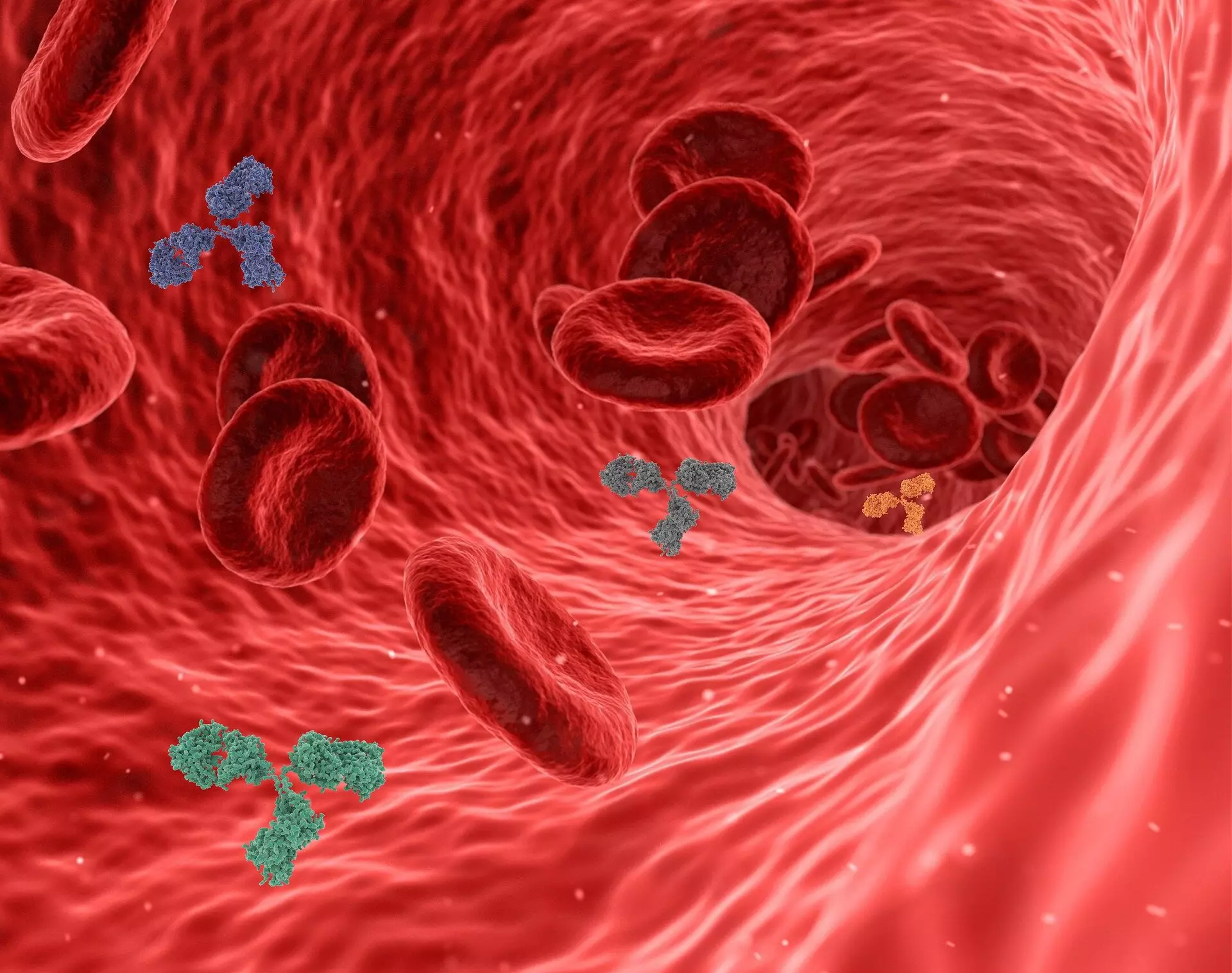The idea of growing functional human organs outside of the body has long been a holy grail in the field of organ transplantation. Despite numerous advancements in technology and medicine, achieving this goal has remained elusive. However, a recent study from Harvard’s Wyss Institute for Biologically Inspired Engineering and John A. Paulson School of Engineering and Applied Science (SEAS) has brought this dream one step closer to reality. By developing a new method to 3D-print vascular networks with interconnected blood vessels surrounded by smooth muscle cells and endothelial cells, researchers have made significant progress in the creation of implantable human organs.
The key innovation in this groundbreaking research lies in the development of a unique core-shell nozzle with two fluid channels for collagen-based shell ink and gelatin-based core ink. This nozzle allows for the precise printing of vessels with a multilayer architecture similar to natural blood vessels, making it easier to form an interconnected endothelium and better withstand internal blood flow pressure. By varying the size of the vessels during printing, researchers were able to optimize the process and create branching vascular networks for improved oxygenation of human tissues and organs.
To validate the effectiveness of the new 3D printing method, researchers tested it with various materials, including transparent granular hydrogel matrix and uPOROS, a porous collagen-based material that mimics living muscle tissue. By successfully printing branching vascular networks in these matrices and perfusing them with smooth muscle cells (SMCs) and endothelial cells (ECs), the team demonstrated the ability to create biomimetic vessels that closely resemble human blood vessels.
Moving beyond cell-free matrices, researchers applied their method to living human tissue by printing a biomimetic vessel network onto cardiac organ building blocks (OBBs) composed of beating human heart cells. After perfusion with blood-mimicking fluid and seeding with ECs, the printed vessels displayed a double-layer structure characteristic of human blood vessels. Additionally, the cardiac OBBs started beating synchronously, indicating the development of healthy and functional heart tissue. The team even successfully 3D-printed a model of a patient’s left coronary artery into OBBs, showcasing the potential for personalized medicine.
Looking ahead, researchers plan to further enhance the function of lab-grown tissues by integrating self-assembled networks of capillaries with 3D-printed blood vessel networks. This approach aims to replicate the structure of human blood vessels on a microscale, paving the way for the implantation of lab-grown tissues into patients in the future. The success of this research signifies a major breakthrough in the field of organ transplantation and opens up new possibilities for personalized medicine and tissue engineering.
The development of 3D-printed vascular networks for organ transplantation represents a significant advancement in biomedical engineering. By combining cutting-edge technology with biological principles, researchers have demonstrated the potential to create implantable human organs that closely mimic natural blood vessels. The successful application of this innovative method in living human tissue underscores its promise for the future of regenerative medicine and organ transplantation.


Leave a Reply